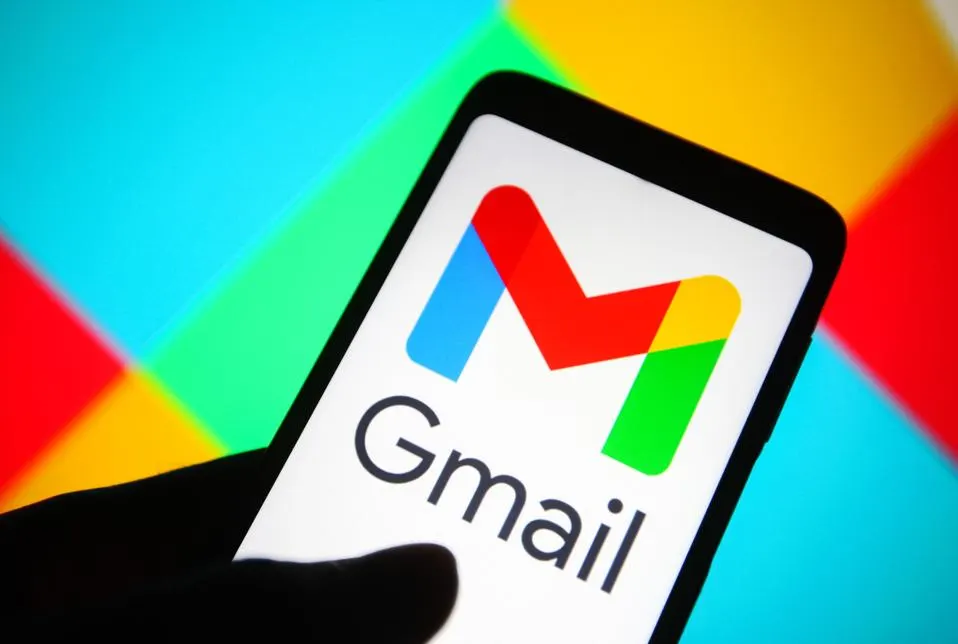Urgent Warning: How to Protect Your Gmail Account From Deletion in 2025

If you use Gmail, you may have already received a troubling email from Google, warning that your account could be deleted in 2025. With over 1.8 billion users worldwide, Gmail is the most popular email platform, and the idea of losing important emails, photos, and documents stored in your Google account can be unsettling. But before you panic, it’s important to understand the reasoning behind these warnings and the steps you can take to ensure your account won’t be deleted.
Google recently revised its inactive account policy, which came into effect on December 1, 2023. Under this policy, an account is classified as "inactive" if it hasn't been signed into for two years. While this might seem simple enough, it has significant implications for anyone who hasn’t used their Gmail account in a while. Accounts identified as inactive are at risk of deletion, meaning any data associated with them—whether emails, photos, or even Google Docs—could be lost. However, this policy only affects personal accounts. If you’re using Gmail through your school or business, your account won’t be impacted.
The primary concern of the new policy is security. Google found that inactive accounts are more susceptible to hacking. Often, these accounts have weak or reused passwords and lack important security features like two-factor authentication (2FA). Google’s analysis shows that these accounts are at a higher risk of being compromised, which is why the company has introduced the policy to enhance security and meet industry retention standards.
If you’ve received an email stating that your Gmail account is inactive, there’s no need to panic. You can take simple steps to prevent deletion, even if you haven’t accessed your account in a while. The easiest solution is to sign into your account regularly. Google recommends logging in at least once every six months to ensure that your account remains active. If logging in frequently is not necessary for you, simply signing in periodically can still help prevent your account from becoming inactive and at risk of deletion.
If you have multiple Gmail accounts, it’s important to keep track of which ones you use actively and which are inactive. Many users have several Gmail accounts, some for work or subscriptions, while others may be left unused for years. These unused accounts are the ones at risk of being deleted. By logging in occasionally, you can secure these accounts and ensure they remain active.
Google also provides exemptions to the inactive account policy. If your account has been used for certain activities, such as making a purchase on the Google Play Store or subscribing to an active service, it won’t be considered inactive. Additionally, accounts with an active gift card balance or those linked to a minor’s account through Google’s Family Link service are also excluded from deletion. So if your Gmail account is associated with financial transactions or subscriptions, there’s no need to worry about it being marked inactive.
In addition to signing in regularly, there are other steps you can take to secure your Gmail account and make recovery easier if you ever lose access. One of the most important measures is ensuring that your account has a recovery email or phone number. If you forget your username or password, having these recovery options linked to your account increases your chances of regaining access. Google's official account recovery process will use the recovery email or phone number to send a verification code to help you recover your account.
However, it’s crucial to avoid falling for scams from social media or third-party “hackers” offering quick fixes to account issues. These offers are often scams designed to steal your personal information. If you can’t remember your login details, always use Google’s official recovery methods.
To prevent future account problems, consider using a password manager. These tools store your passwords securely and can generate strong, unique passwords for every account you create. With a password manager, you won’t have to worry about forgetting login credentials, as they will be safely encrypted and stored. Be sure to use a strong master password to protect your password vault.
Ultimately, the best way to protect your Gmail account from deletion and keep your data secure is by being proactive. Regularly sign in, keep your recovery options up-to-date, and use security features like two-factor authentication and password managers. By following these steps, you’ll ensure that your Gmail account stays active and secure, even with Google’s new inactive account policy.



